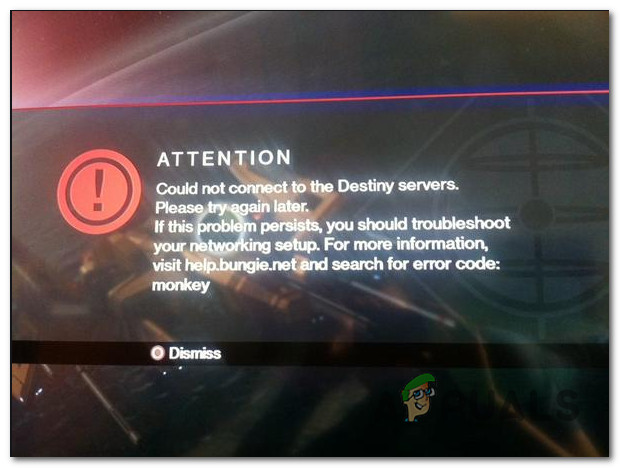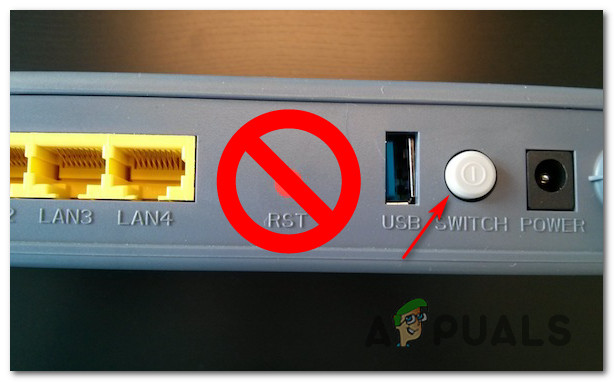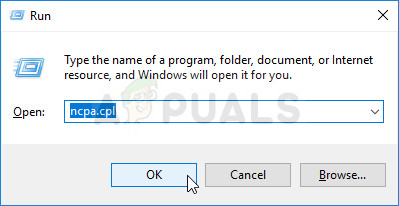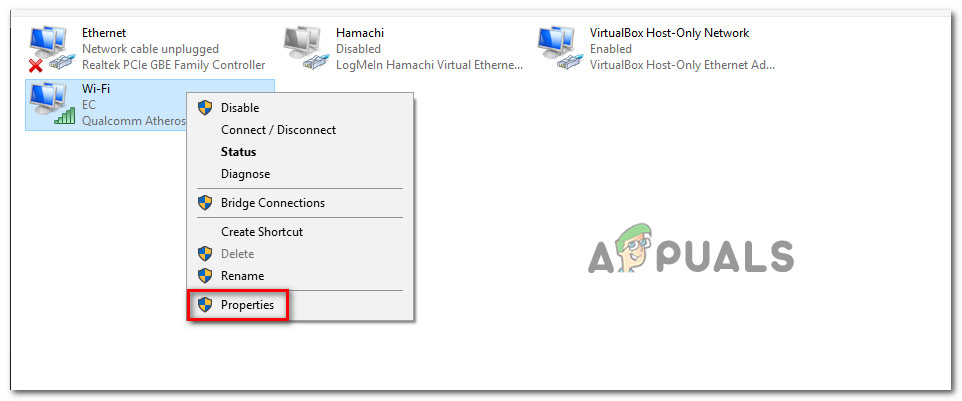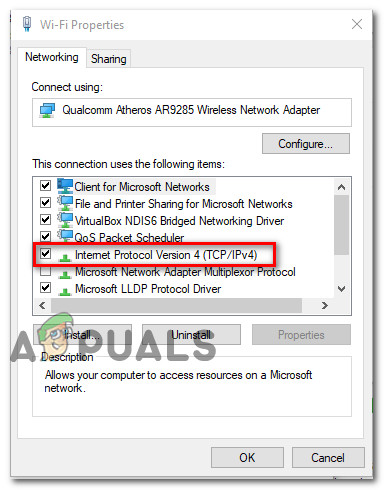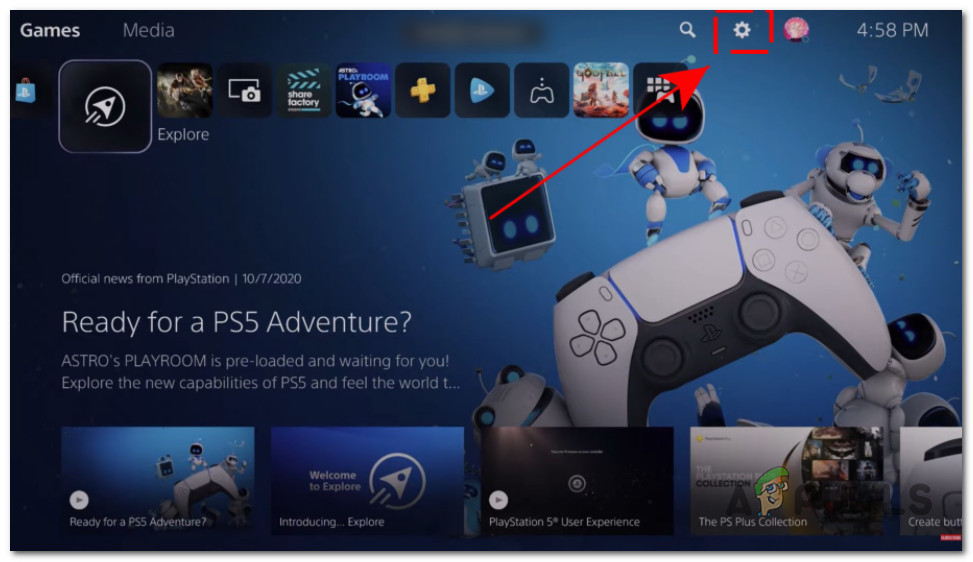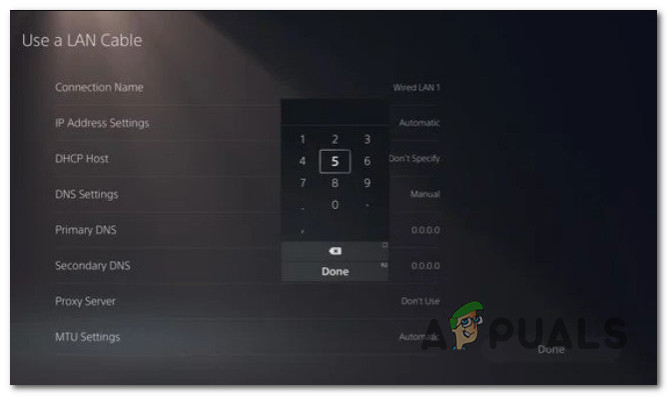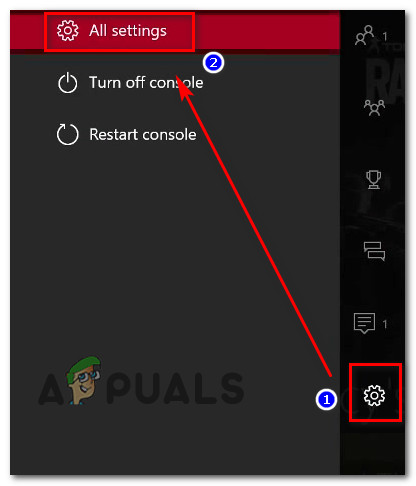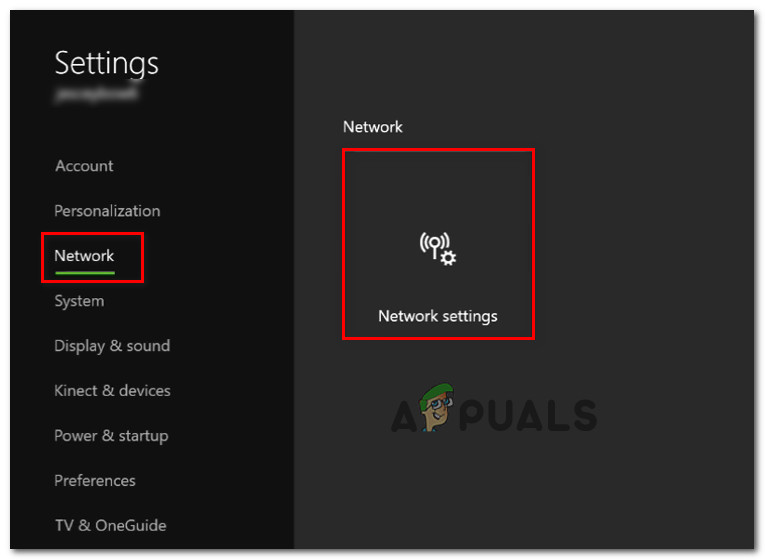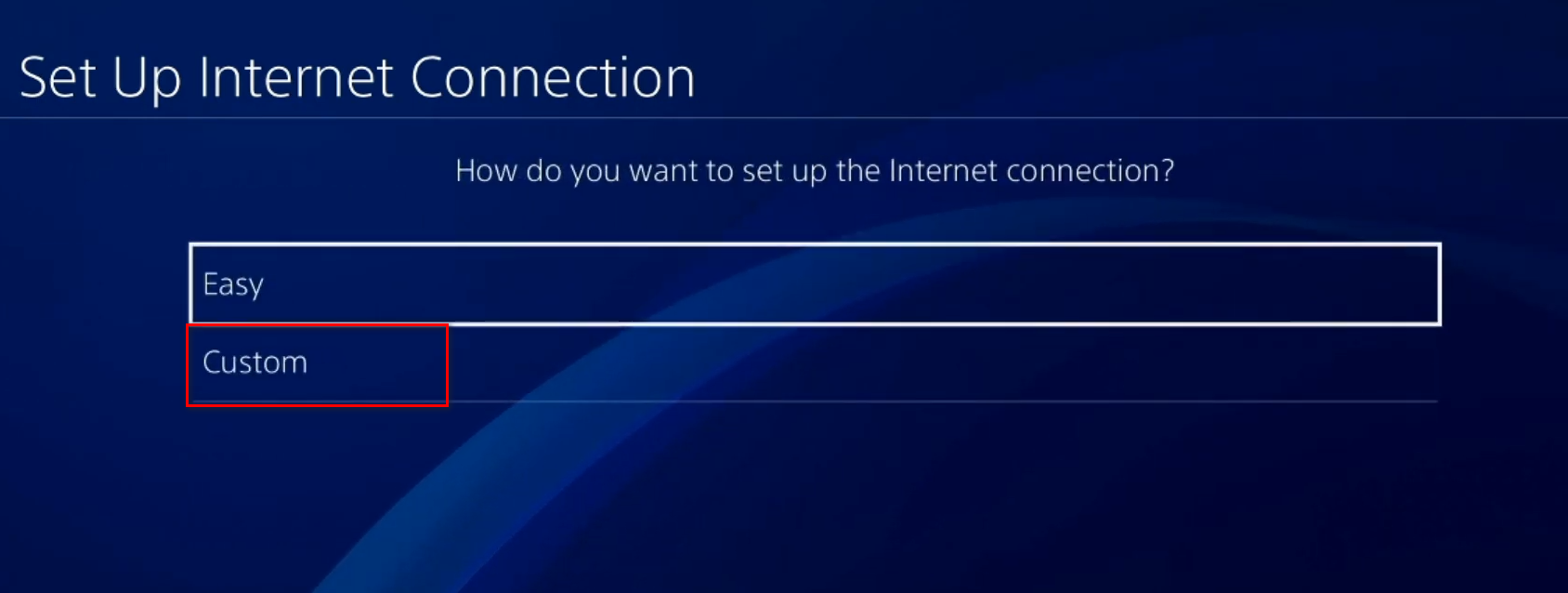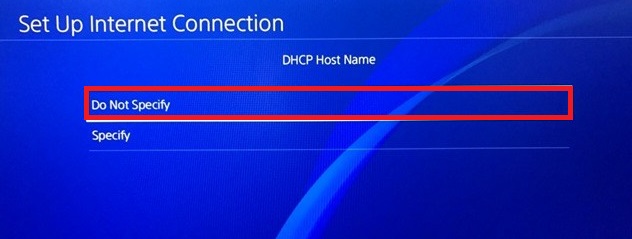After investigating this particular issue, it turns out that there are several different scenarios that might be triggering this particular error code: Now that you are familiar with every scenario that might spawn this error, here’s a list of verified methods that other affected users have successfully used to fix the issue:
Method 1: Checking the Server Status
Before you move on to any of the fixes below that will allow you to fix the issue locally, you should take some time to ensure that the ‘monkey’ error is not occurring due to a server issue that is entirely beyond your control. Since this error code is often associated with server issues, you should start by using services like DownDetector and OutageReport to see if other users in your area are currently reporting the same kind of issues. In case you find a lot of recent user reports saying that they see the same error code as you, there’s probably little else you can do to fix the issue other than wait for Bungie to fix their problems. If you discover evidence of a server issue, you should also check out the Status Page of Destiny 2 to see if if it’s currently reporting an underlying issue. Note: If you want to be extra thorough, you should also check out Bungie’s support account on Twitter to see if they have made an official post about this issue. Keep in mind that the ‘monkey’ error code has been a recurring instance these past few years. On the other hand, if the investigations just didn’t reveal an underlying server issue, move down to the next method to attempt and fix the issue locally.
Method 2: Restarting or Resetting the Server
Once you’ve confirmed that you’re not actually dealing with a server issue, you should start troubleshooting against the most common culprit that might produce this error locally – a network inconsistency. If this scenario is applicable, your first attempt at fixing the issue is to simply restart your router in order to allow it to re-assign network TCP / IP data to the device where you’re playing the game. According to some affected users, this operation will end up fixing those cases where a low-end router is unable to allocate enough network resources to sustain a connection with the game server – While doing this, it’s also recommended to disconnect non-relevant devices from taking up precious Internet bandwidth. In order to perform a simple router reboot, just press the power button once (typically located on the back of the router) and physically unplug the power cable from the power outlet, then wait for a full minute. This last step is important because it gives the power capacitors enough time to drain themselves. Once the period ends, turn on your router again and see if the problem is now fixed. If you still end up seeing the same ‘monkey’ error code in Destiny 2, the next thing you should do is a router reset. But before you go forward with this operation, be advised that this procedure will reset any custom credentials, settings, and other adjustments that you made to your current settings. If you are prepared to lose the custom router settings for forwarded ports, blocked/whitelisted devices, and custom settings, you can use a sharp object (small screwdriver, toothpick, needle, etc. ) to hold on the reset button for about 10 seconds or until you see every front LED flashing at the same time. Once the reset procedure is complete, re-establish the internet access and re-insert the user credentials if necessary (if your ISP is using PPPoE). In case the problem is still not resolved, move down to the next potential fix below.
Method 3: Migrating to Google DNS
If none of the methods above have worked for you, there’s a very big chance that you’re dealing with some kind of DNS (Domain Name System) inconsistency. This occurs with certain ISP provides that are likely to assign a bar ISP range that inhibits the connectivity with a lot of game mega servers. One cure-all fix for this type of issue is to migrate to the Google DNS provided by Google – This range is consistently more stable than a lot of default DNS ranges supplied by default by some ISPs. But since this game has launched on a lot of platforms, the steps of migrating to the Google DNS range will be different from platform to platform. To accommodate PC users and last-gen / next-gen Destiny 2 players, we’ve put together a guide that will show you how to migrate to Google DNS from the default range:
A. Changing the Google DNS on PC
B. Changing the Google DNS on PS5
C. Changing the Google DNS on Xbox One X / Xbox Series X
Note: If you want to use IPV6, use these values instead:
D. Changing the Google DNS on PS4
Destiny 2 and Fortnite Crossover Event Leaked New Fortnite Skins Revealed For…Destiny 2 X Fortnite Crossover Officially Happening, New Destiny 2 Skins…Fix: Destiny Error Code WeaselFix: Destiny Error Code Beetle
